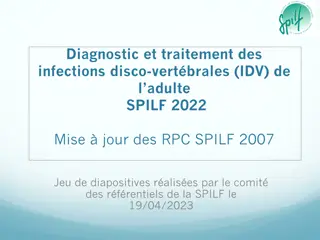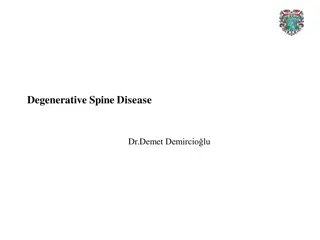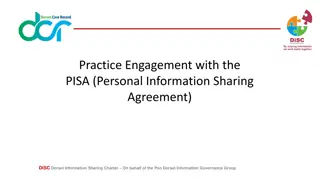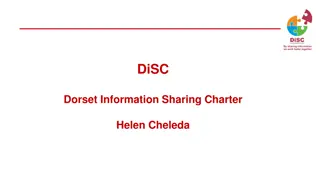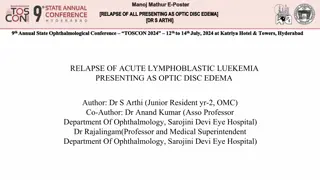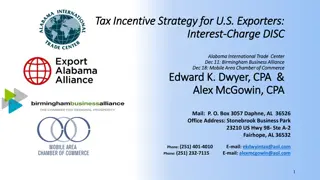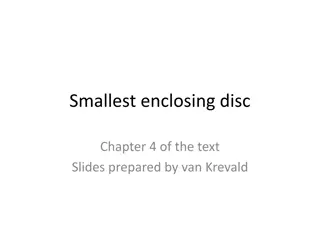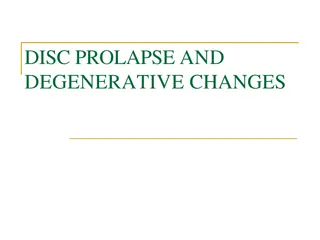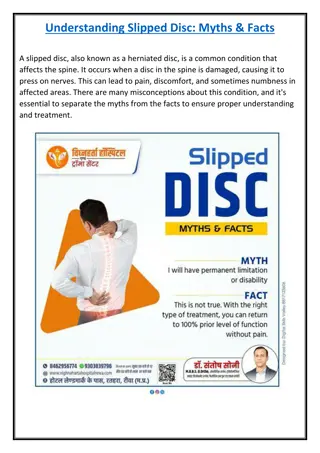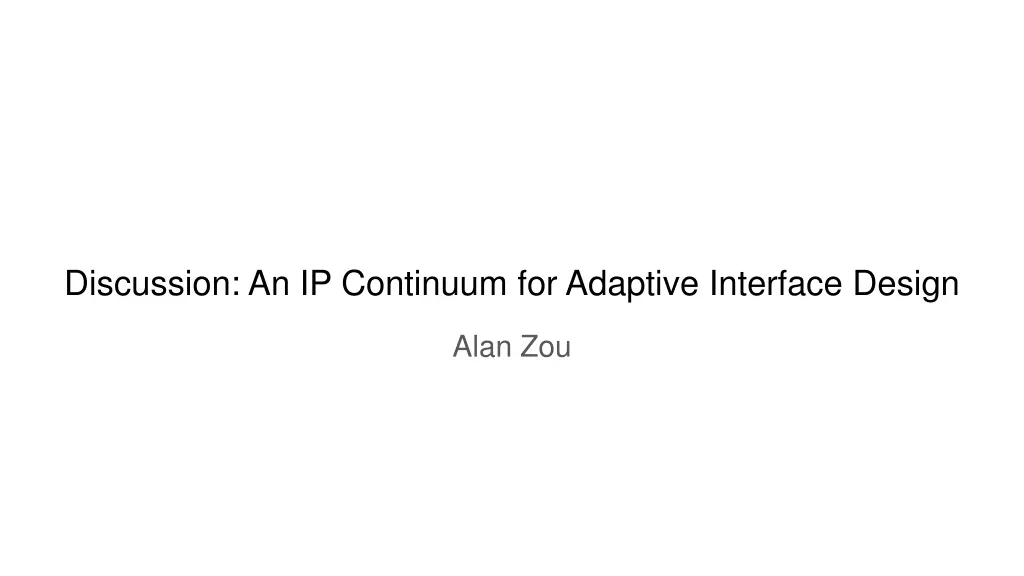
Overview of IP Continuum for Adaptive Interface Design
Exploring the IP Continuum for adaptive interface design, with discussions on balancing autonomy in computer agents, Simon's framework of success-failure, Suchman's perspective on adaptive interfaces, and the evolution of interfaces in the context of Web 2.0.
Download Presentation

Please find below an Image/Link to download the presentation.
The content on the website is provided AS IS for your information and personal use only. It may not be sold, licensed, or shared on other websites without obtaining consent from the author. If you encounter any issues during the download, it is possible that the publisher has removed the file from their server.
You are allowed to download the files provided on this website for personal or commercial use, subject to the condition that they are used lawfully. All files are the property of their respective owners.
The content on the website is provided AS IS for your information and personal use only. It may not be sold, licensed, or shared on other websites without obtaining consent from the author.
E N D
Presentation Transcript
Discussion: An IP Continuum for Adaptive Interface Design Alan Zou
An IP Continuum for Adaptive Interface Design: Basic Premises Fundamentally attempting to categorize and address the Paradox of Agency mentioned by Suchman i.e. balancing too much vs. not enough autonomy of computer agents The base assumption is that the interface/artifact can and do autonomously make decisions the evaluation is of whether they should be Abstracts away much of the internal structures, and some external Whether decisions are analogous to human decision-making is unimportant Whether artifacts and interactions attempt to be human-like is unimportant
IP Continuum - Simons Perspective Satisficing and the binary of success-failure Framework is concerned with System right vs. wrong for most parts Admits that it can be vague in some systems In a truly binary decision system (T/F) it may be the case, but real-world systems are rarely binary decisions Even in the alarm clock example the difference is not Whether to sound alarm but The time to sound alarm . Satisfactory is a statistical sum of many minor outcomes across time in alarm clocks so why not also consider inside the system? Turn the design problem into a science instead of an art Where does the framework fall onto in terms of the curriculum of design? The paper itself seems to be mainly concerned with cost-benefit analysis / evaluation of alternatives Not a truly utility-function / alternatives-search analysis of design space
IP Continuum - Suchmans perspective The term adaptive interface inherently suggests that it is not entirely plan driven but adapts to actions and contexts An elaboration of previous intelligent user interface design efforts Modeling the User Provides a model of user model (e.g. in terms of attention, goals, action frequency) The system described, hopefully, would adopt a more exact model and change that specific model of specific user via usage and feedbacks Success vs. failure action perspective is still problematic Indicates a finality of action as an end of plan, not something that could be recovered from during the course of an interaction The email attachment example of wrong action is a false alarm hit but the conclusion is to be more accurate instead of anything to do with recovery It is a VERY high level overview of systems and can probably afford to not consider the specific implementations of what leads to a final right/wrong decision, recovery included?
IP Continuum Today Original context: Web 2.0 (User shared multimedia) was a new concept Can see from the studies what would be today either ordinary features for calendars, emails, etc. or things called Cloud Syncing, Internet of Things, and Recommendation Systems Would you ever consider an UI for a Cloud Syncing service something that needs Intelligence or agency? Resource constraints and data constraints all but vanish User attention span is limited holds true eternally ML/DL techniques Are ML/DL used for inferring when and how to be proactive today? Are they better (resource, attention, accuracy) than traditional heuristics / if-else behavior at inferring the level of optimal proactivity?
IP Continuum Project Of course: Where on the slider do we want to put our system? Overall: need to consider what we consider as system decisions and gauges of success Conversational agents (Chatbots, etc.) are always in the middle , as with all other collaborative agents Not capable of taking concrete actions on its own But when doing so (e.g. route a CGPT output into some sort of decision making procedure), consider proactivity and the associated metrics Adjusting its own proactivity IS in itself a proactive behavior! Recommendation systems More sensitive to Satisficing view of success-failure: When is the thing good enough? Especially if it s subjective e.g. music.

